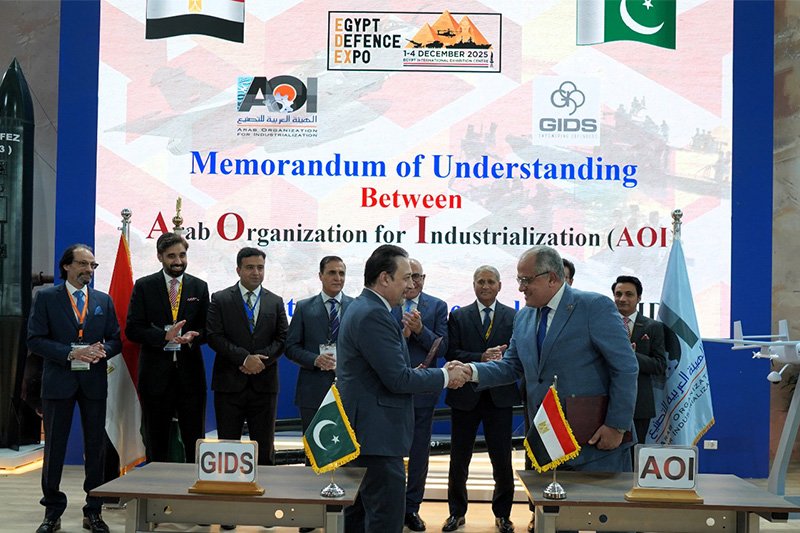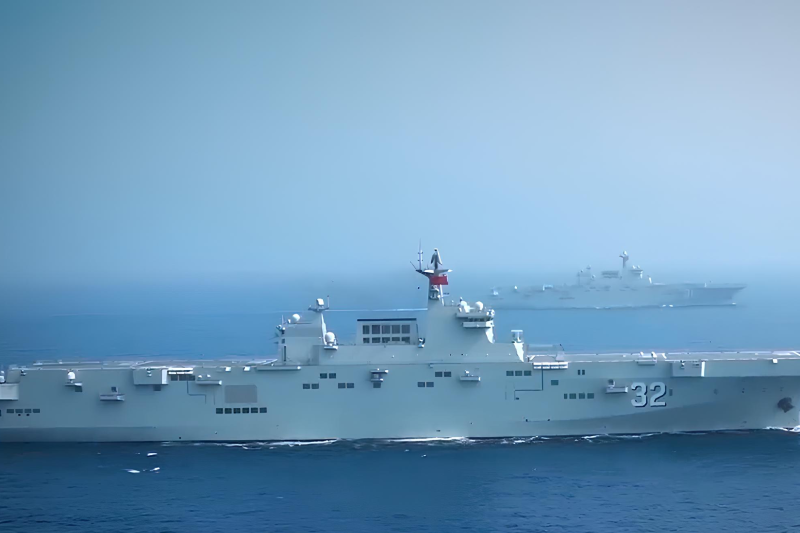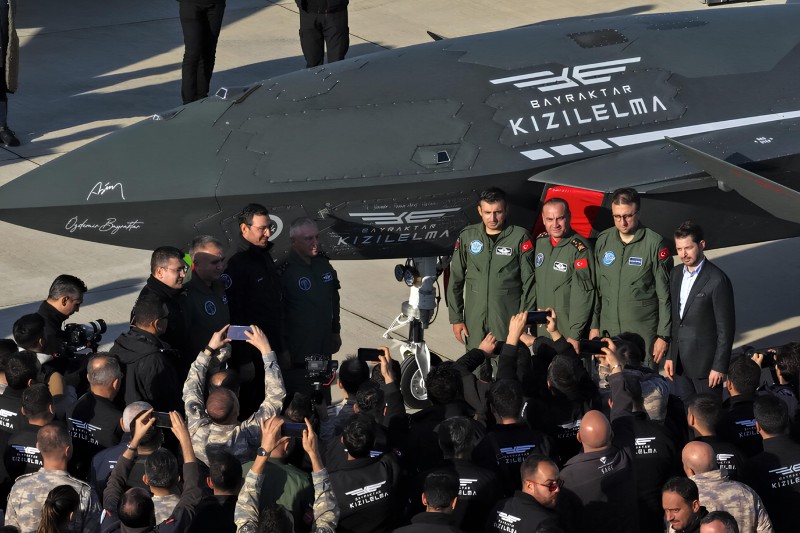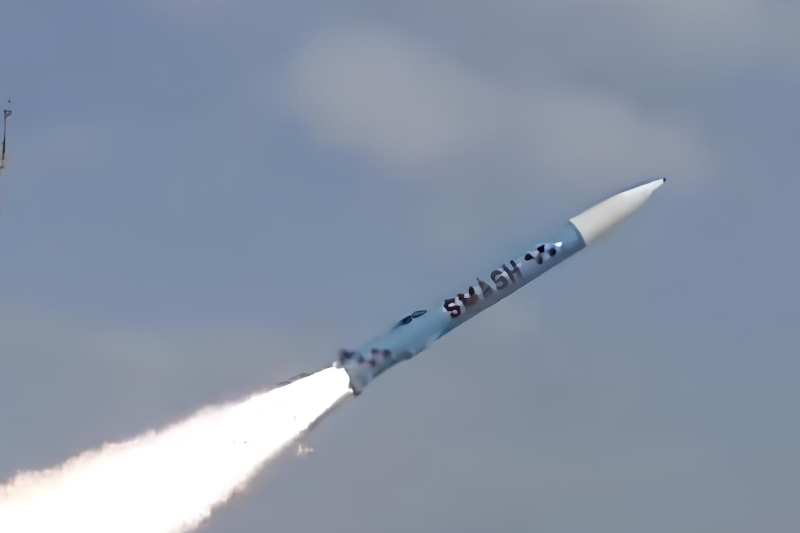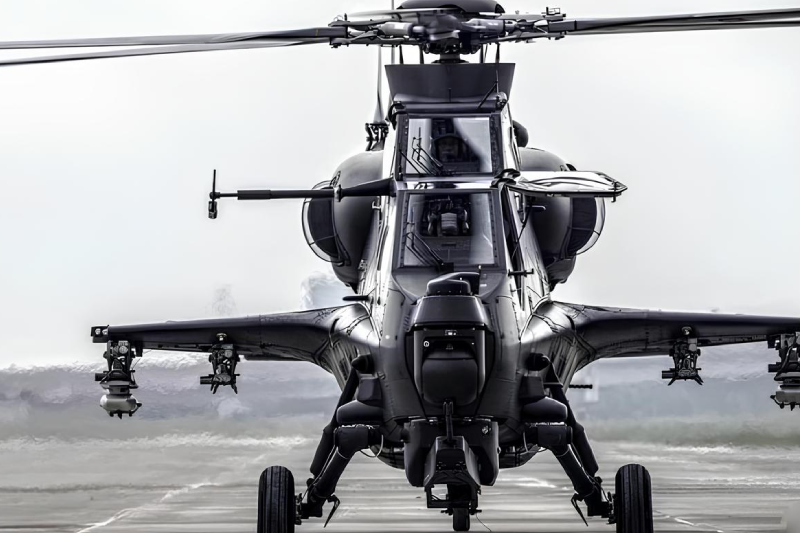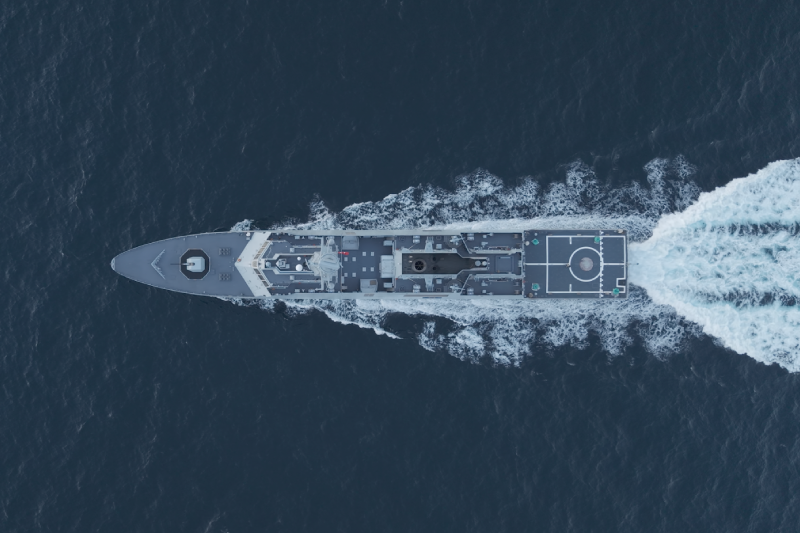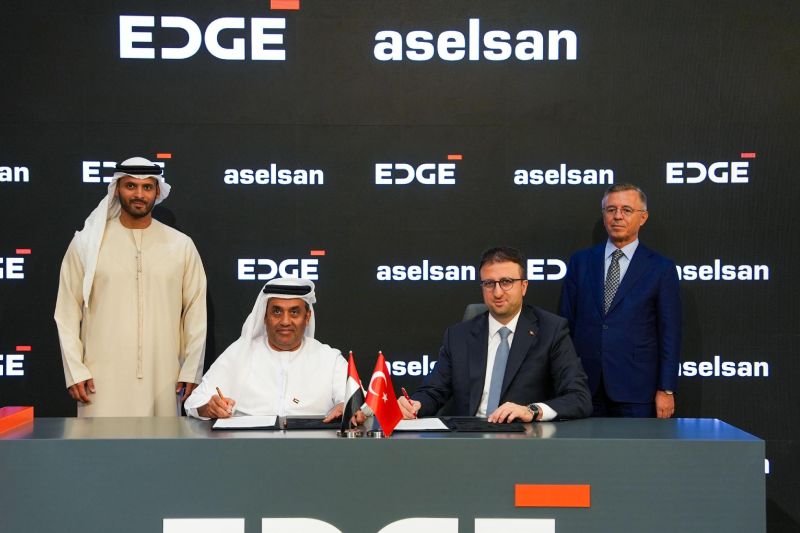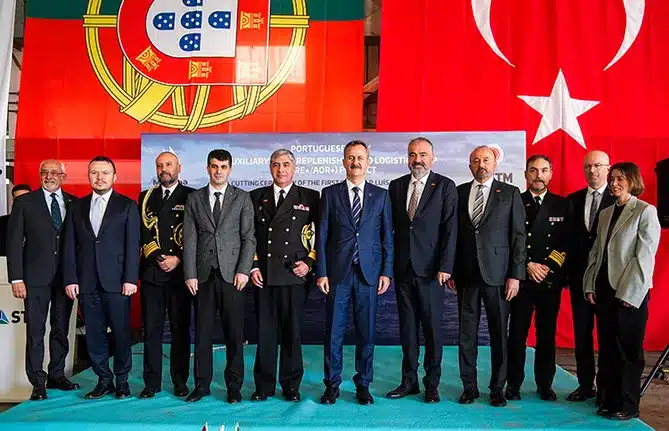South Korea Develops Hydrogen-Powered K3 Main Battle Tank
South Korea has embarked on an ambitious journey to revolutionize armored warfare with the announcement that Hyundai Rotem has officially begun development of the K3 main battle tank, marking a groundbreaking shift toward hydrogen-powered military vehicles. The South Korea K3 main battle tank development represents a paradigm shift in modern armored vehicle design, positioning the nation at the forefront of next-generation military technology with plans to complete this revolutionary platform by 2040.
Hydrogen Revolution in Armored Warfare
The K3 main battle tank development introduces an unprecedented approach to military vehicle propulsion through hydrogen fuel cell technology. Initially featuring a hybrid hydrogen-diesel system, the tank will eventually transition to a fully hydrogen-powered configuration, marking the first time such technology has been seriously considered for main battle tank applications.
This hydrogen fuel cell integration promises transformative advantages including dramatically reduced acoustic signatures, minimized heat emissions, enhanced fuel efficiency, and superior mobility characteristics. These improvements translate directly into lower maintenance requirements and significantly improved off-road performance compared to traditional diesel-powered systems currently employed in existing main battle tanks like the K2 Black Panther.
Advanced Combat Capabilities
The K3 development program incorporates cutting-edge military technologies that position it as a formidable force multiplier on future battlefields. The tank will feature a powerful 130mm smoothbore gun mounted on an unmanned turret, supported by an AI-powered fire control system capable of engaging targets at distances up to 5 kilometers with unprecedented accuracy.
Beyond conventional firepower, the K3 will carry anti-tank guided missiles with an impressive 8-kilometer range, enabling both direct engagement and beyond-line-of-sight targeting capabilities. A sophisticated remote weapon station will accommodate weapons ranging from 12.7mm to 30mm, providing flexible response options for various threat scenarios.
Revolutionary Crew Protection Design
The K3 development emphasizes crew survivability through innovative design concepts that separate human operators from high-risk areas. A three-person crew consisting of driver, commander, and gunner will operate from within an armored capsule positioned at the front of the hull, physically separated from the turret and ammunition storage areas.
This configuration significantly improves survivability against direct hits while maintaining operational effectiveness. The crew compartment incorporates a comprehensive 360-degree virtual reality system featuring large internal displays, eliminating the need for crew members to expose themselves by opening hatches for situational awareness.
Stealth Technology Integration
The K3 development program prioritizes stealth capabilities to address evolving battlefield threats. The tank incorporates enhanced radar absorption technologies and minimized turret protrusions to reduce its electromagnetic signature. These stealth features are complemented by reduced thermal and acoustic signatures achieved through hydrogen fuel cell technology.
Active defense systems play a crucial role in the K3’s protection suite, including advanced active protection systems, directional infrared countermeasures specifically designed to counter heat-seeking missiles, and sophisticated drone-jamming devices to address the growing threat of unmanned aerial vehicles on modern battlefields.
Autonomous and AI-Enhanced Operations
The K3 development incorporates autonomous driving features and AI-enhanced systems that represent significant advances in military vehicle automation. The tank will feature a turret-mounted drone system for reconnaissance and surveillance missions, extending the crew’s situational awareness beyond traditional line-of-sight limitations.
The AI-powered fire control system enables rapid target identification and engagement while the autonomous driving capabilities allow for unmanned movement in high-risk situations, potentially reducing crew exposure to enemy fire during tactical maneuvers.
Development Timeline and Milestones
Hyundai Rotem has established an ambitious timeline for the K3 development program, targeting completion by 2040. The company is collaborating closely with South Korea’s Agency for Defense Development (ADD) and the Defense Agency for Technology and Quality to ensure the project meets all technical and operational requirements.
The development strategy includes a phased approach beginning with diesel-electric hybrid power systems before transitioning to full hydrogen fuel cell technology. This graduated implementation allows for earlier deployment while hydrogen fuel cell technology continues to mature and achieve full military specifications.
Proven Manufacturing Foundation
The K3 development benefits from Hyundai Rotem’s proven track record in tank production, demonstrated through successful contracts with Poland for K2 Black Panther tanks. The company has delivered 133 of 180 tanks from the first contract as of June 2025, with remaining deliveries scheduled for completion by year’s end.
The second Polish contract, valued at 9 trillion won ($6.5 billion), includes comprehensive technology transfer, local production capabilities, and expansion of maintenance, repair, and overhaul infrastructure. This experience provides valuable insights for K3 development and establishes a foundation for future international partnerships.
Global Market Implications
The K3 development positions South Korea as a leader in next-generation armored vehicle technology, potentially reshaping the global main battle tank market. The integration of hydrogen fuel cells, AI systems, and advanced stealth technologies creates a unique value proposition that could attract international customers seeking cutting-edge military capabilities.
The success of this program could establish new standards for main battle tank design and influence development programs in other nations as they seek to modernize their armored forces for future conflicts.
Also read: South Korea Develops AI-Enabled Missiles for Global Export
Strategic Defense Industry Impact
The K3 development represents more than technological advancement; it demonstrates South Korea’s commitment to maintaining indigenous defense capabilities and reducing dependence on foreign military technology. The program’s success will strengthen South Korea’s position in the global defense market while providing advanced capabilities for national defense.
As Hyundai Rotem stated, the development aims to “proactively prepare for future warfare by developing next-generation main battle tanks capable of supplementing combatants’ capabilities,” with peacekeeping remaining the prioritized goal.
The South Korea K3 main battle tank development program represents a revolutionary approach to armored warfare, combining hydrogen fuel cell technology with advanced AI systems and stealth capabilities. This ambitious project positions South Korea at the forefront of military vehicle innovation and establishes new benchmarks for future main battle tank development worldwide. As the program progresses toward its 2040 completion target, the K3 promises to redefine expectations for modern armored warfare capabilities.
Join us on Facebook, Twitter, YouTube, Instagram, and TikTok for real-time coverage of defense events worldwide.
Discover more from International Defence Analysis
Subscribe to get the latest posts sent to your email.


